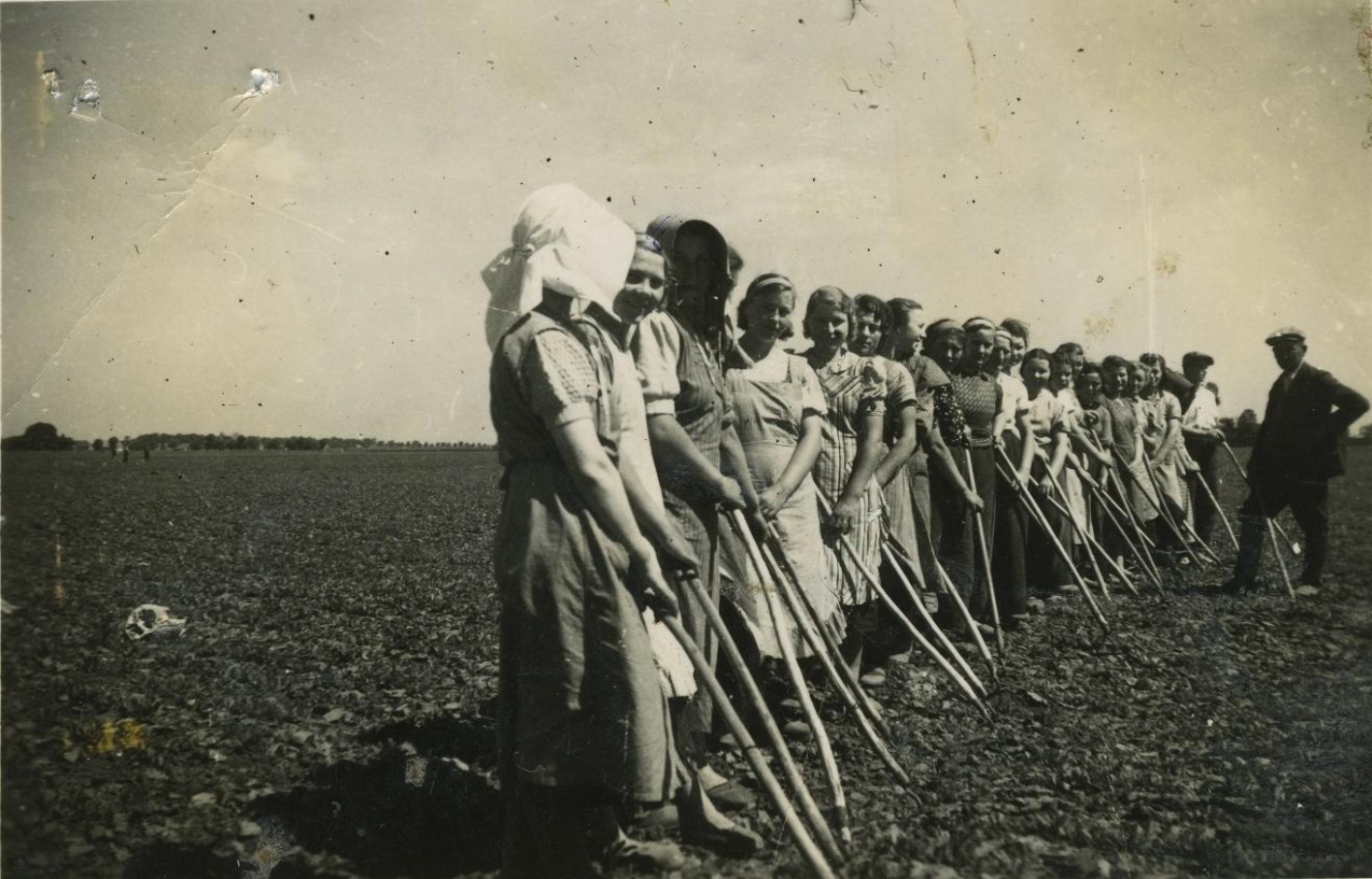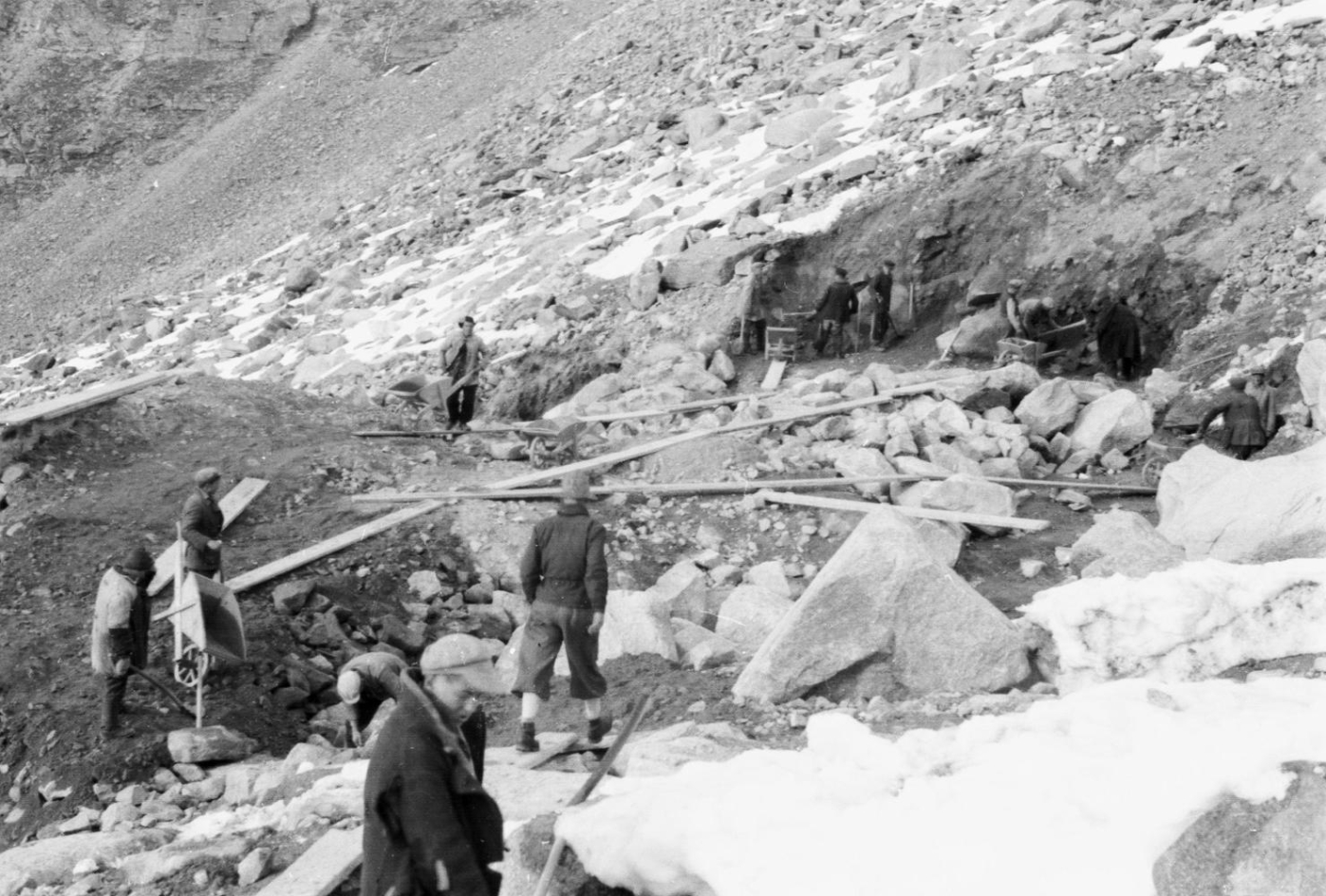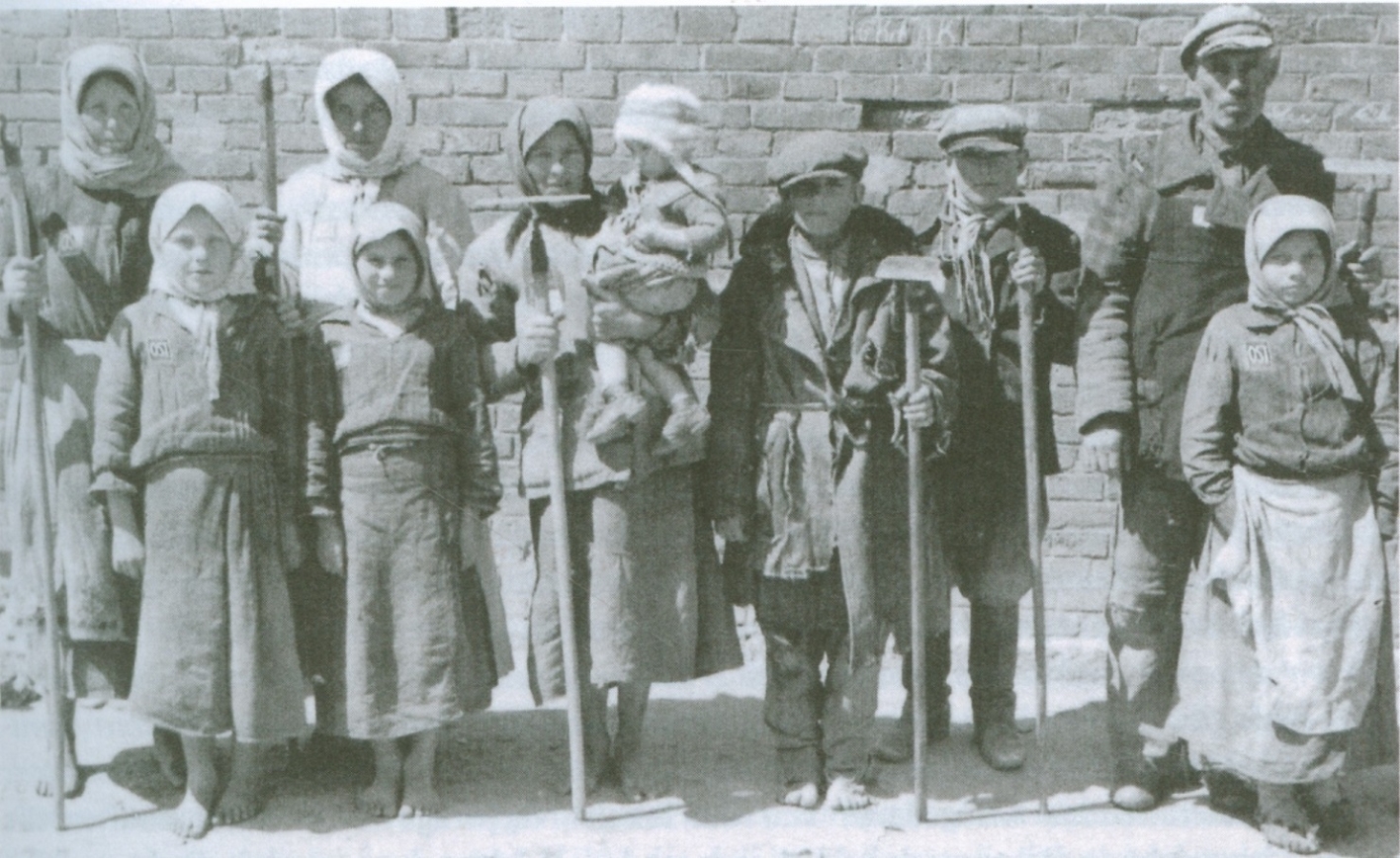
Germany’s aim of World War II was the subjugation and exploitation of Europe. Extending the Atlantic to the Caucasus and from Scandinavia to the Mediterranean, the countries that they occupied were plundered, and millions of men, women, and children were abducted and forced to work for the German Reich. A total of more than 20 million people from almost all parts of Europe performed forced labor—as civil foreign workers, prisoners of war, or prisoners in the camps of the SS, the Gestapo, or the justice system: over 13 million within Germany and some 7 million in German-occupied areas. The work extracted from people was essential to the German war apparatus, and it also contributed to securing the living standards of the German people during the war.
Forced laborers were used everywhere: in the arms industry, on construction sites, in agriculture, in the skilled crafts, in public institutions, and in private households. Whether as a soldier occupying Poland or as a farmer in Thuringia—the entire German populace came face to face with forced laborers. The use of this slave workforce was no secret. It was a predominantly public crime.

©Stadtarchiv Nürnberg



Forced laborers were subject to unequal treatment on the basis of race. Workers from Poland faced worse circumstances that those from France or the Netherlands. Jews and Soviet prisoners of war were at the very bottom of the
Some 2.5 million people, largely Soviet prisoners of war and concentration camp inmates from throughout Europe did not survive forced labor in the German Reich. Those who did survive attempted to return home as soon as possible. However, they were received very differently in their homelands. Only in a few postwar societies were they considered victims. They were often treated with indifference, and particularly in the Soviet Union they were seen as traitors who had worked for the enemy.
Most Germans kept silent about the crime of forced labor or completely denied it. Maybe it was their conscious and a sense of complicit guilt that led to denial and decades of silence. The demands of former forced laborers for compensation went unheard. When in the 1990s Jewish victim organizations initiated a class-action lawsuit against German companies, the federal government and companies, facing pressure, paid into a common fund, which made one-time payments to living former forced laborers in the amount of several hundred or at most several thousand dollars. The payments were coupled with having to sign a waiver giving up the right to any further legal action. Since most former forced laborers had already died, the German state and industry got off the hook for a relatively small sum. Only 1.7 million former slave laborers received any financial support from Germany.



